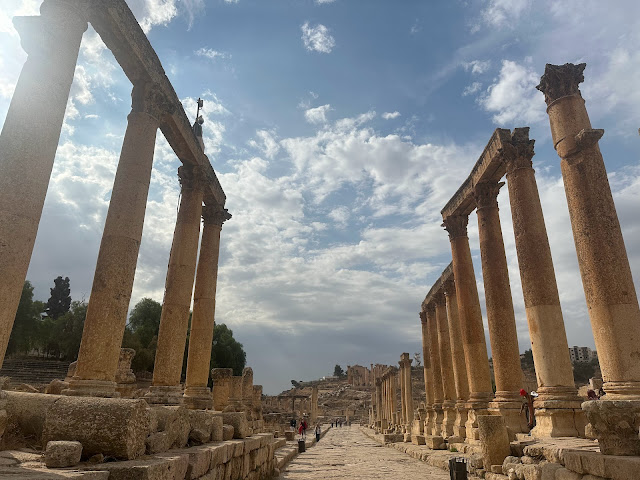Elephanta Caves

The Elephanta Caves, also known as Gharapuri Caves, are a collection of cave temples primarily dedicated to the Hindu god Shiva. These ancient rock-cut shrines, considered to have been constructed between the 5th and 7th centuries CE are Located on Elephanta Island in Mumbai Harbour, India. The main cave at the island (also called the Great Cave) consists of a square court surrounded by cells and several entrances. The main entrance faces north, while two side entrances face east and west. The temple is enclosed in the cave with only interior walls, without an exterior wall. The Linga shrine of the Great Cave temple is a free-standing square stone cella (the inner area of an ancient temple), with entrances on each of its sides. Each door is flanked by two Dvarapalas (gate guardians) , for a total of eight around the shrine.






